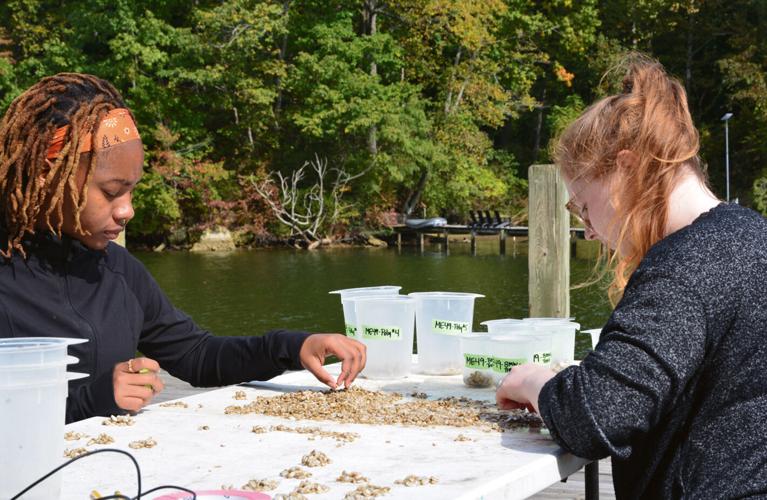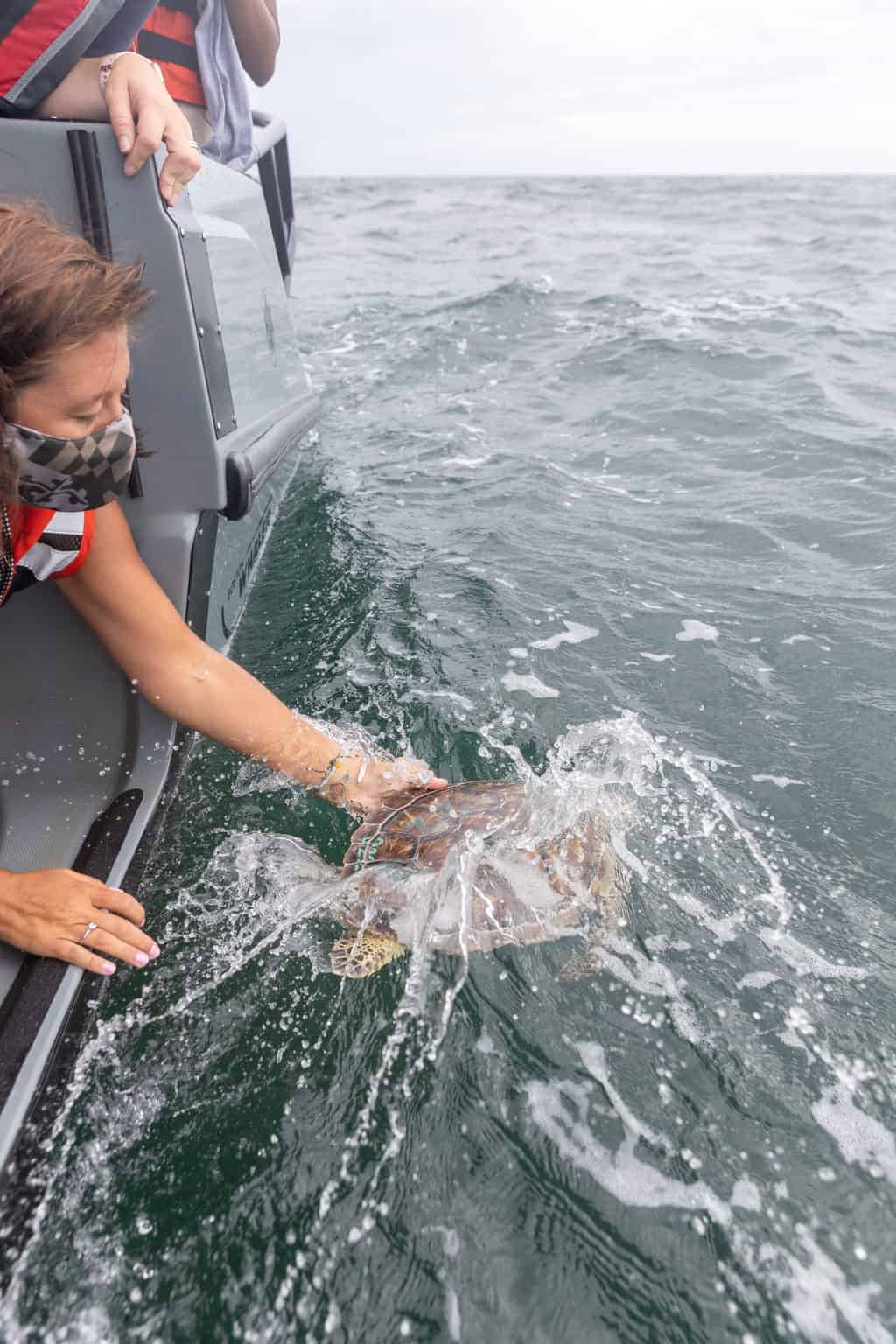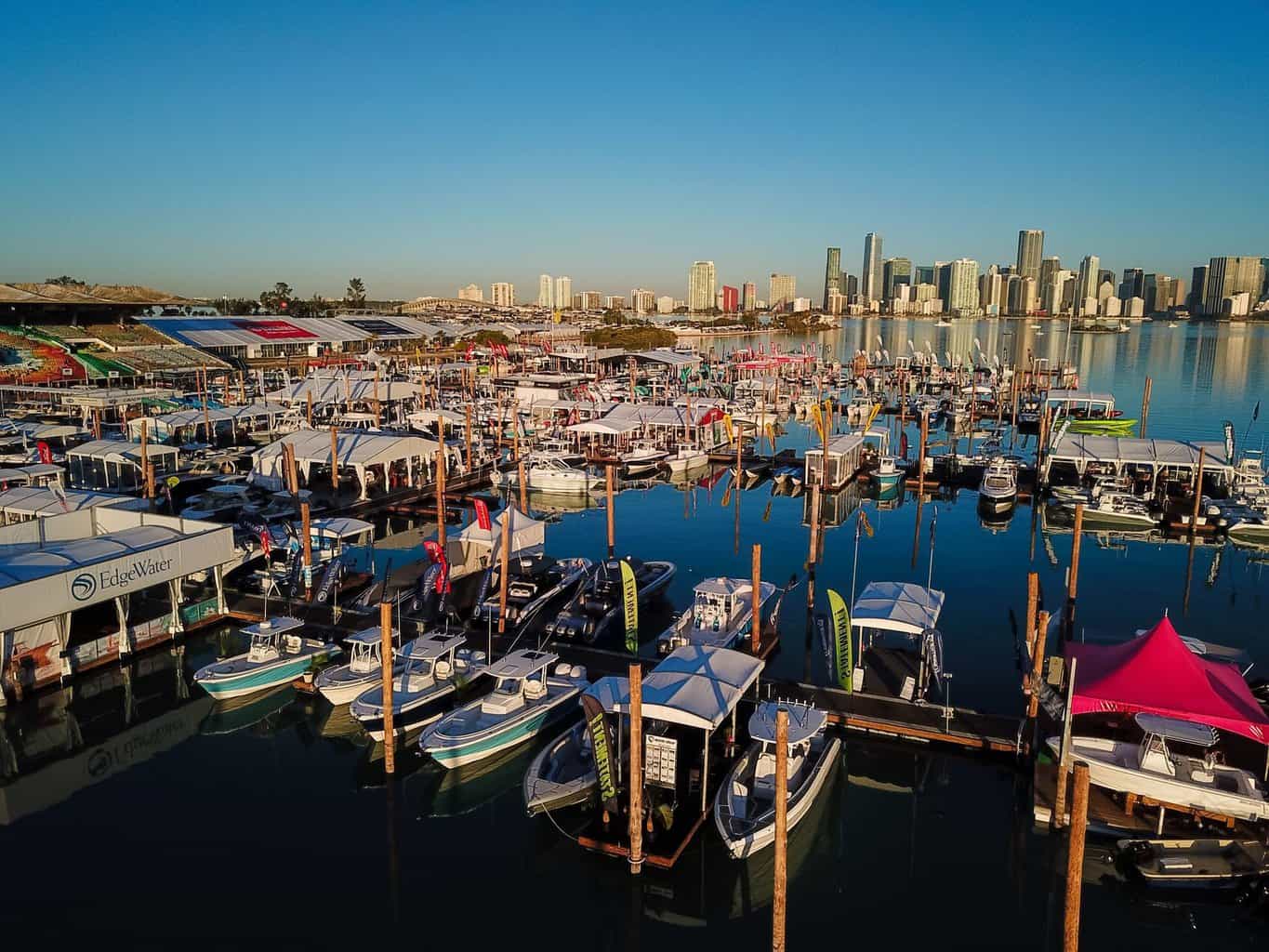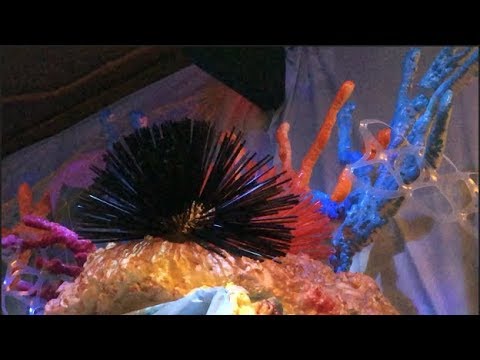By Whitney Pipken, Bay Journal News Service
It’s been a half-century since Maryland crowned clam queens in honor of a thriving wild soft-shell clam industry that, in some years, brought millions of dollars into the state. But the singular soft-shell could rise again—this time as a product grown and sold with the help of modern aquaculture.
Morgan State University scientists are more than a year into researching whether soft-shell clams could not only be harvested from Chesapeake Bay waters but also farmed in them. The state’s aquaculture industry has grown rapidly the last decade, but it currently consists of a single species: the Eastern oyster.
Making a viable alternative out of soft-shell clams (Mya arenaria) could help growers diversify their offerings while returning the oysters filter-feeding boost to the water.
“In Maryland, by law, we are only allowed to work with native species, so that’s a big limitation,” said Ming Liu, an oyster genomics researcher leading the project. “Local oyster growers always show an interest in alternative [aquaculture] crops, especially in the upper and middle Chesapeake Bay, where low salinity is a challenge.”
Those are the places where soft-shells could be a good fit. Although growing clams can be finicky, the researchers are working to breed a version that is custom-made for Maryland waters and ready to support regional markets.
Funded by Maryland Sea Grant, the Morgan State team has successfully produced hundreds of thousands of tiny soft-shell “seeds” out of a small shellfish hatchery at PEARL, the university’s Patuxent Environmental and Aquatic Research Lab. (The juvenile clams are referred to as seeds after they have developed shells.)
This fall, the team began taking the brood stock, grown from seed in the hatchery, to a nearby tributary of the Patuxent River to determine which growing methods will work best in wild waters.
Also called white clams, manos, longnecks and steamers, soft-shell clams are named for their comparatively thin and brittle shells, propped open by protruding leathery siphons. New Englanders, who call them Ipswich clams and are more accustomed to eating them steamed whole, use these rubbery siphons as a handle for dipping.
The market for soft-shells in the Chesapeake Bay region has come and gone over the decades alongside dramatic swings in wild harvest numbers. The soft-shell fishery hit its stride in the 1950s and ’60s, with harvesters bringing in an average of 460,000 bushels per year until the early 1970s. That’s when a string of diseases, worsening water conditions and then Tropical Storm Agnes—which wiped out soft-shells in Virginia—devastated the Bay’s wild population. Harvest totals have never come anywhere close to their mid-’60s height. After a slight rebound in the 1980s, annual takes leveled out to a few hundred bushels a year.
In 2016 and 2017, though, harvests leapt inexplicably to more than 17,000 bushels. Then heavy rains in 2018 buried the fishery’s comeback, but not before generating fresh excitement about its potential. The recent reappearance also meant that Morgan State researchers could harvest soft-shells to see how well they would grow in a hatchery environment.
When soft-shell clams have been available, there’s been a strong demand for them. And if anyone is good at creating and sustaining a market for local shellfish, it’s oyster growers.
“The right entrepreneur or group of them might be able to create excitement around this product,” said Scott Knoche, an environmental economist and director of PEARL. “The verdict [on the potential market] is not in yet, but that’s part of what’s being researched.”
It can take years to genetically fine-tune a shellfish species so it can succeed as an aquaculture product, but the Maryland researchers think they’re off to a good start. In a small hatchery space in the research center’s basement, the team successfully spawned approximately 300,000 soft-shell larvae.
You can read this story in its entirety at bayjournal.com.




